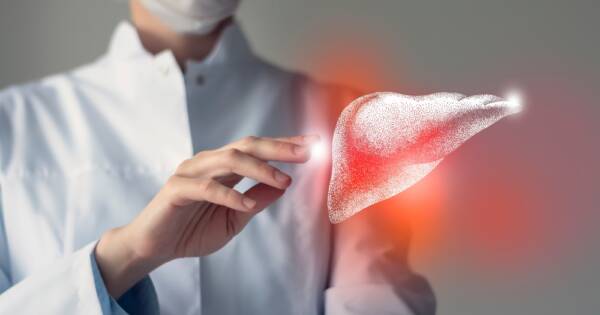Non-invasive ultrasound techniques are reshaping the early detection and management of liver conditions like non-alcoholic fatty liver disease (NAFLD) and its more severe form, non-alcoholic steatohepatitis (NASH). With advancements in quantitative ultrasound (QUS), these methods offer a cost-effective alternative to traditional biopsies, providing critical insights into liver health. While exciting progress is evident, understanding both the benefits and limitations of these technologies is essential for effective healthcare decisions.
Understanding Non-Invasive Detection of Liver Conditions Through NASH Ultrasound
The prevalence of non-alcoholic fatty liver disease (NAFLD) is notable, affecting approximately 30% of adults in developed countries, including the United States. This condition emphasizes the need for effective detection and management strategies because it is linked to increased morbidity and mortality rates highlighting its significance. A particular concern is the progression of simple steatosis to non-alcoholic steatohepatitis (NASH), which increases the risk of more severe liver-related complications, such as cirrhosis and hepatocellular carcinoma.
NASH is a more severe form of NAFLD, and differentiating between the various stages within NAFLD, such as simple steatosis and NASH, is critical in managing the disease. This differentiation helps in understanding the progression and potential health outcomes associated with these liver conditions. The role of risk factors cannot be overstated, as obesity, metabolic syndrome, and type 2 diabetes significantly contribute to the advancement of NAFLD into more critical stages, including NASH.
The Role of Ultrasound in Liver Disease Detection
Ultrasound technology offers several advantages in diagnosing NAFLD due to its non-invasive nature, simplicity, and cost-effectiveness. This makes it a preferred method for routine clinical evaluations of liver conditions and detecting hepatic steatosis. Although traditional liver biopsies remain a definitive diagnostic tool, their invasive nature limits frequent use, thus boosting the relevance of ultrasound alternatives.
Modern advancements in quantitative ultrasound (QUS) techniques have enhanced the ability to detect and quantify hepatic steatosis. These methods provide a quantitative assessment of liver fat, making them less operator-dependent and more universally available. Emerging techniques such as the hepatorenal index and backscatter coefficient are promising tools in this regard, offering correlations that suggest QUS can serve as a non-invasive screening measure.
Benefits and Limitations of NASH Ultrasound
The NASH ultrasound exhibits notable benefits, such as a high specificity rate of 95% and a sensitivity of 85% for fatty liver infiltration detection. These figures underscore its effectiveness as a non-invasive method for assessing liver health while aiding in early intervention. The ability to monitor liver function periodically using non-invasive imaging techniques helps in keeping a close watch on liver disease progression.
However, the method is not without limitations. The reliability of ultrasound can vary at low levels of hepatic steatosis, raising challenges in detection accuracy. Additionally, establishing standardized cutoff values for hepatic steatosis remains a challenge, possibly leading to errors due to sampling variability. Despite these issues, ongoing research into new QUS techniques continues to refine these diagnostic methods.
Advancements and Emerging Techniques in Ultrasound Evaluation
Recent developments in ultrasound imaging, such as controlled attenuation parameters and transient elastography, have improved the ability to evaluate liver conditions non-invasively. These innovations help stratify patient risk and guide the potential need for further invasive testing, like liver biopsies, by evaluating fibrosis risk. Quantitative measures in ultrasound evaluation now offer more consistent results, promising enhancements in liver disease diagnostics.
Other imaging modalities, such as MRI-PDFF, magnetic resonance spectroscopy (MRS), and computed tomography (CT), continue to complement ultrasound. Each has its strengths, but issues like cost and availability persist. For instance, MRI-PDFF offers excellent correlation with liver biopsy, yet the high cost makes it less accessible for routine screening.
Why You Should Learn More About Liver Condition Detection Today
With liver conditions such as NAFLD and NASH posing significant health risks, the role of non-invasive diagnostic methods becomes increasingly important. Understanding the capabilities and limitations of these technologies can inform better patient outcomes and guide effective management strategies. As the field advances, integrating these non-invasive techniques into routine practice is critical for timely intervention and improved healthcare delivery.



